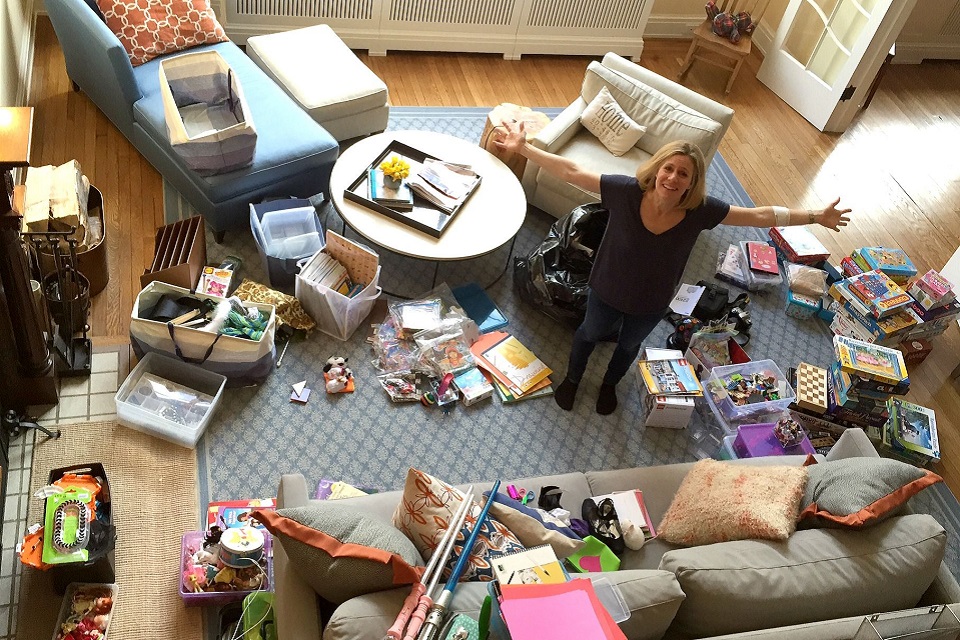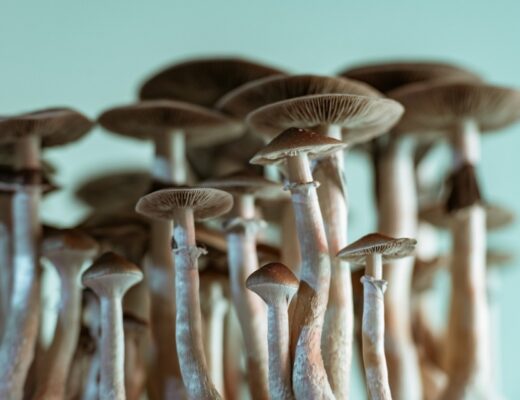In today’s fast-paced world, finding solace in the comfort of our homes has become a priority. However, clutter can often hinder that quest for tranquility. A cluttered living space not only leads to physical chaos but can also affect mental well-being. It’s time to take charge of your surroundings and embark on a decluttering journey that will transform your home into a peaceful oasis. Let’s go together through the process of decluttering your home step by step, helping you achieve a more organized and serene living space!
Getting Started
Before you dive into decluttering, it’s essential to set clear goals. Ask yourself what you want to achieve with this process. Is it to create more space, reduce stress, or simply simplify your life? Having a clear objective will keep you motivated throughout the process.
Creating a decluttering plan tailored to your needs is the next crucial step. Determine which areas of your home need the most attention and set a realistic timeline for each. Having a plan will help you stay on track and avoid feeling overwhelmed.
Decluttering Categories
To effectively declutter your home, it’s important to categorize the items you’re dealing with. You can consider these categories:
Clothing and accessories: Begin with clothes you no longer wear, shoes that are uncomfortable, and accessories that have fallen out of style.
Jewelry: Sort through your jewelry collection, parting with items you no longer wear or cherish. You can then sell your old jewelry to a local jewelry store. For example, if you’re living in Scottsdale, AZ, you can look online for reputable jewelry stores in your area that buy old jewelry.
Kitchen items: Tackle duplicates, chipped dishes, expired spices, old pots and pans, and rarely used kitchen gadgets.
Furniture and decor: Evaluate furniture that no longer suits your style, decor that no longer brings joy, and damaged items taking up space.
Electronics: Dispose of old or broken gadgets, unused electronics, and surplus cables and chargers.
Paperwork: Digitize or shred old bills, expired coupons, outdated magazines, and duplicate instruction manuals.
Books and magazines: Donate or sell books you’ve already read, let go of outdated magazines, and consider giving away duplicate copies.
Toys and games: Declutter children’s toys that are no longer played with, board games with missing pieces, and worn-out outdoor equipment.
Tools and DIY supplies: Organize your tools and dispose of duplicates or unused items, as well as broken or outdated equipment.
Personal care products: Eliminate expired cosmetics, hair and skincare products you no longer use, and grooming tools that have seen better days.
Hobbies and collectibles: Reevaluate hobbies or collections that no longer spark joy and reduce excess craft supplies or collectibles you no longer value.
Sentimental items: While challenging, consider letting go of sentimental items that no longer hold significant meaning.
Seasonal items: Declutter seasonal decorations that are no longer used or enjoyed.
Wardrobe accessories: Sort through unused bags, belts, and hats.
Sports equipment: Get rid of sports gear that is no longer in use.
The Decluttering Process
Now that you’ve categorized your items, it’s time to dive into the decluttering process. Here’s a step-by-step guide:
Step 1: Preparation
Gather supplies such as boxes, trash bags, labels, and markers to assist in the decluttering process. Set up designated areas for items to keep, donate, sell, recycle, or dispose of.
Step 2: Start small
Begin with a manageable area, like a closet or a single room. Starting small allows you to build momentum gradually.
Step 3: Assess each item
For each item in the chosen area, ask yourself:
Do I use this regularly?
Does it hold sentimental value?
Does it serve a practical purpose?
Does it bring me joy?
Step 4: Sorting
Place items into the appropriate categories:
Keep: Items that are useful, bring joy, or hold sentimental value.
Donate: Items in good condition that can benefit others.
Sell: Items that have value and can be sold to make some extra cash.
Recycle: Items that are recyclable.
Dispose: Items that are damaged, broken, or beyond use.
Step 5: Organize and store
For items you decide to keep, find appropriate storage solutions. Invest in bins, shelves, or hangers to keep your belongings organized.
Special Considerations
Decluttering can be an emotional process, especially when dealing with sentimental items. It’s essential to approach these items with care and make thoughtful decisions about what truly holds meaning in your life. If you’re unsure, consider setting these items aside and revisiting them later in the decluttering process.
Involving family members or roommates in the decluttering process can also lead to a more harmonious living environment. Communicate openly about your goals and encourage them to participate in the effort.
Maintaining A Clutter-Free Home
Once you’ve decluttered your home, the key is to maintain it. Here are some strategies for preventing clutter from accumulating again:
Regularly evaluate your possessions and declutter as needed.
Adopt a one-in, one-out rule. For every new item you bring into your home, consider letting go of an old one.
Implement daily or weekly cleaning routines to keep your space tidy.
Be mindful of your purchases, opting for quality over quantity.
Final Words
Decluttering your home is a transformative journey that goes beyond tidying up physical spaces. It can have a profound impact on your mental and emotional well-being, leading to a more peaceful and organized life.
By following the step-by-step approach outlined in this guide and addressing each of the 15 categories of clutter, you can create a living environment that truly reflects your values and aspirations. Remember that decluttering is a continuous process, and maintaining a clutter-free home requires ongoing effort. So, start today, take control of your space, and discover the joy and tranquility that a decluttered home can bring. Your future self will thank you for it!







No Comments